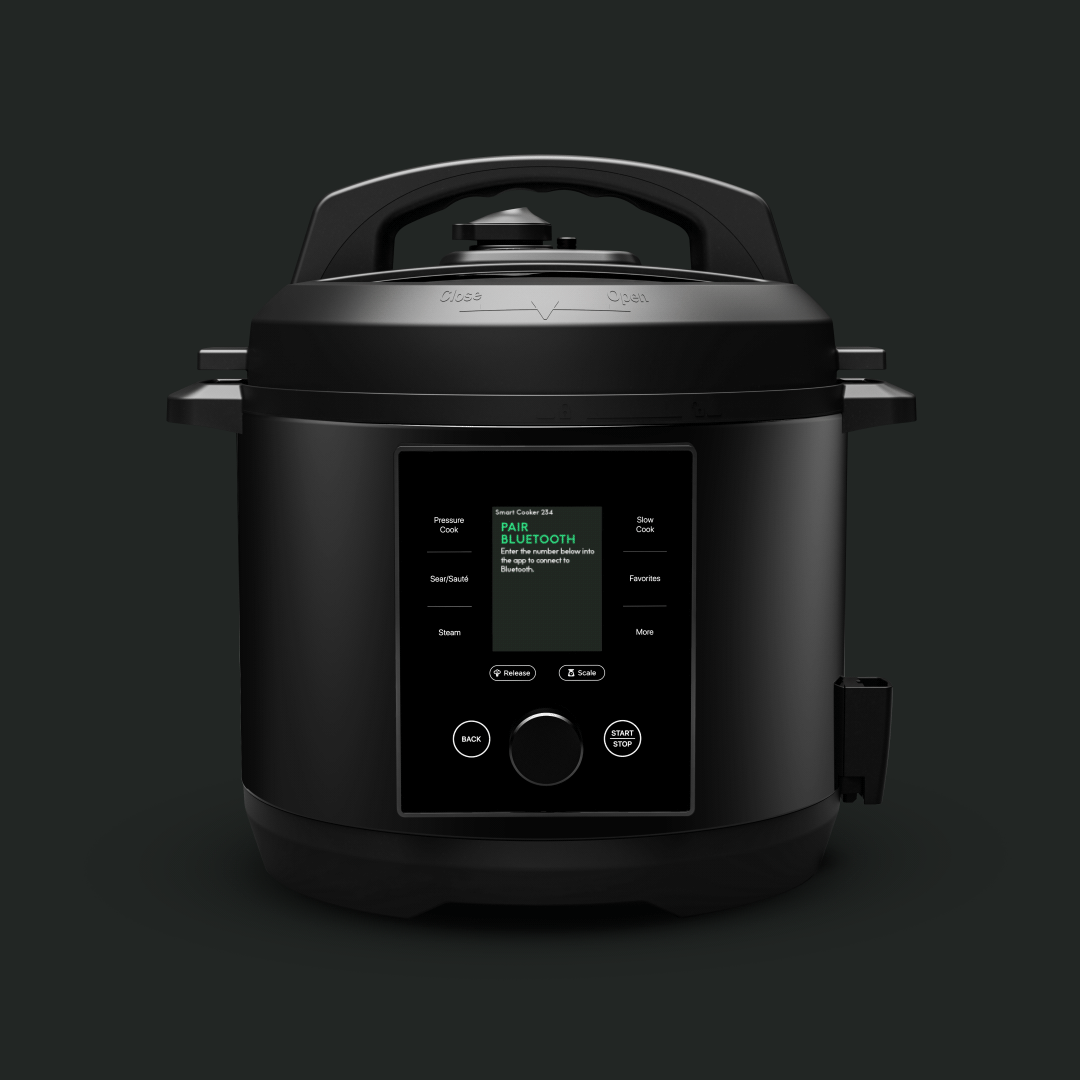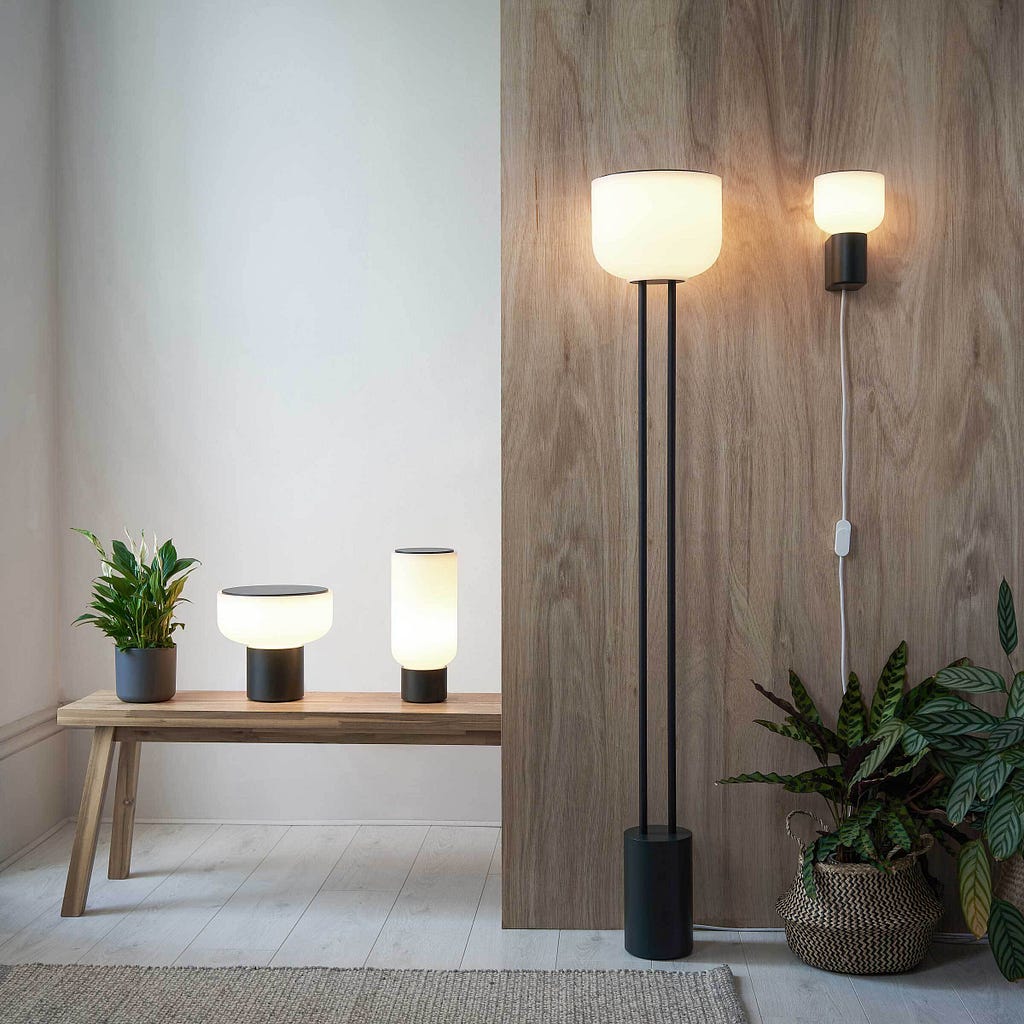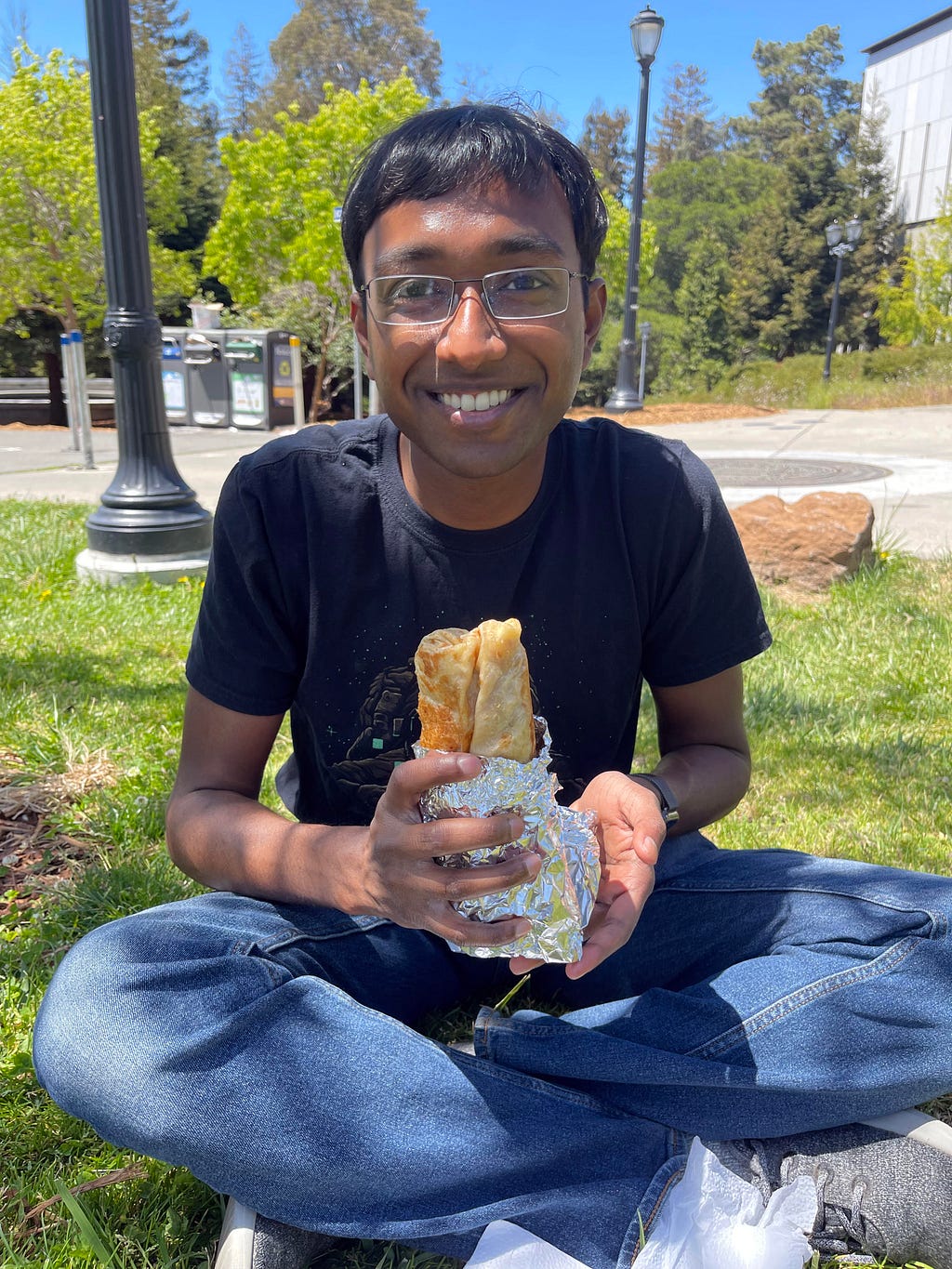On how his passions for 3D printing and food have inspired his professional endeavors

What inspired you to study Materials Science & Engineering (MSE) at the Berkeley MEng program?
I’ve always wanted to work at the intersection of science and engineering, and MSE is a perfect fit (it’s even in the name!). This gives me the skills and knowledge required to work with relatively new technologies and turn them into products for early adopters.“Working at the intersection of science and engineering gives me the skills and knowledge required to work with relatively new technologies and turn them into products for early adopters.”
You describe yourself as a “materials engineer with a passion for metallurgy and metal additive manufacturing.” Can you explain what that means and how it applies to your professional career?
The hobbyist 3D printing buzz started in about 2013–14, when I was a sophomore in college. I was curious, and managed to get my hands on a personal 3D printer. What started off as a hobby soon turned into a professional interest. At about the same time, a lot of my favorite coursework was focused on metallurgy and manufacturing. It made perfect sense to combine these two topics, and that led to my passion for metal additive manufacturing. (Additive manufacturing is the term used for industrial 3D printing.)How did you approach and navigate the vast amount of resources available at UC Berkeley during your time as a student?
I had an idea about the classes I wanted to enroll in even before I got to campus; I wanted to make the best of my short time at Berkeley! I was very excited for all of the engineering leadership classes, as I was for many of the highly technical MSE courses. The Transmission Electron Microscopy lab course was probably the most fun! Recruiting events tend to be plentiful on campus and can be a huge time-sink if not accounted for. I chose to be strategic about which ones I attended, as not all companies are interested in MSE majors. For future MEng students, I advise each student/aspirant to think about which aspects of the program they would find most valuable, and focus their time and energy on that. There is certainly a lot on offer, so having a plan about one’s goals for the program can be very useful.What was your capstone project titled “Improving Reliability of 3D Printed Materials in Biomedical Applications?” What role did you play on your capstone team?
Our project aimed to understand the differences in reliability between 3D printed and traditionally manufactured metal implants. One major consideration for such an application is the corrosion characteristics of the material, as it is constantly in contact with bodily fluids. This corrosion can also lead to premature failure, and analyzing the failure mode helps understand the underlying root cause. While we were all MSE majors at Berkeley, our team consisted of Quinlin (a mechanical engineer), Omar (a corrosion engineer), and myself. Our skills were all complimentary. I helped specify our 3D printing process, and conducted the metallurgical failure analysis.Can you tell us more about the two products you’ve worked on that made it to TIME’s Best Inventions of 2020 list?
The ChefIQ smart cooker and Gantri lights are the two products I’ve worked on that made it to TIME’s Best Inventions of 2020 list.

What are some of your hobbies and passions, and how, if at all, have they inspired your professional goals?
I’ve managed to turn both of my favorite hobbies into professions!
Anything else you’d like to share?
My time at Berkeley was strongly shaped by all the time I spent at International House! If you’re a prospective student, international or otherwise, I would strongly recommend considering staying at I-House for the duration of the program. For me, the whole experience was certainly greater than the sum of the parts! Connect with Shashank H R. Edited by Ashley Villanueva.Humans of Fung: Shashank H R, MEng ‘17 (MSE/Advanced Structural Materials) was originally published in Berkeley Master of Engineering on Medium, where people are continuing the conversation by highlighting and responding to this story.


